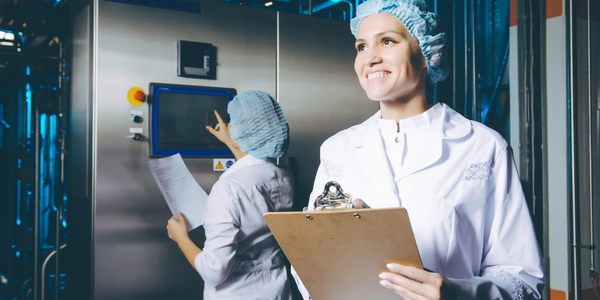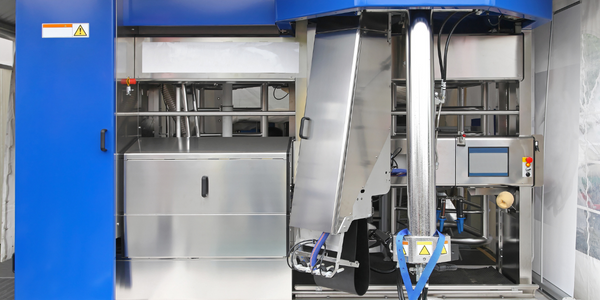Customer Company Size
Large Corporate
Region
- Africa
- America
- Asia
Country
- Worldwide
Product
- CARTO’s platform
- CARTO’s Analytics Toolbox
- Sistema.bio biodigesters
Tech Stack
- Salesforce CRM
- ETL process
Implementation Scale
- Enterprise-wide Deployment
Impact Metrics
- Environmental Impact Reduction
- Productivity Improvements
Technology Category
- Analytics & Modeling - Big Data Analytics
- Analytics & Modeling - Real Time Analytics
Applicable Industries
- Agriculture
Applicable Functions
- Business Operation
- Sales & Marketing
Use Cases
- Real-Time Location System (RTLS)
- Predictive Maintenance
Services
- Cloud Planning, Design & Implementation Services
- Data Science Services
About The Customer
Sistema.bio’s mission is to drive sustainability through transforming waste into energy. They produce and install biodigesters for smallholder farmers around the world, that decreases the need for chemical fertilizers & turns animal manure into fertilizer and biogas. Since its inception in 2011, Sistema.bio has installed over 35,000 biodigesters across Latin America, Africa and Asia, providing benefits to over 220,000 people. Sistema.bio has a complex and wide-ranging operation system, including door-to-door sales and promotional activities. In addition to their product offering, Sistema.bio also offers training, installation, support services and financing options to their customers.
The Challenge
Sistema.bio faced several challenges as they expanded their operations globally. They needed to visualize all existing and pending biodigester installations, over 15,000 existing digester locations on one map (and over 30,000 yet to come by 2023), to empower the staff to make informed decisions on their team resourcing and activities. They also needed to conduct market research and site selection for expansion plans. They needed to know where they currently have a strong market presence, and where they could be expanding. Exploring their existing customer base - such as through heatmaps - is a fantastic way to quickly build location into strategy. Lastly, they needed to connect their existing data pipelines and algorithms to optimize the activities of their field staff, whether that’s their credit, installation, sales or training teams. Most of these processes are currently managed in Salesforce.
The Solution
Sistema.bio used CARTO’s platform to visualize all existing and new biodigester installations across the globe. They were able to analyze their current market presence to prioritize field operations and route optimization. They also used CARTO to grow their sustainable footprint by targeting hyper-local geographies to reach new customers. Sistema.bio also has access to over 11,000 location datasets to enrich their analysis, including Points of Interest, Human mobility data, Sociodemographics, and Population & housing data. With CARTO, Sistema.bio was able to seamlessly connect their existing data from more traditional business intelligence tools such as Salesforce through an ETL process to create better visualizations of their entire field of operations.
Operational Impact
Quantitative Benefit

Case Study missing?
Start adding your own!
Register with your work email and create a new case study profile for your business.
Related Case Studies.
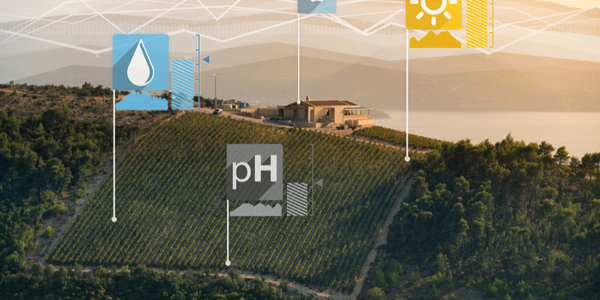
Case Study
Intelligent Farming with ThingWorx Analytics
Z Farms was facing three challenges: costly irrigation systems with water as a limited resource, narrow optimal ranges of soil moisture for growth with difficult maintenance and farm operators could not simply turn on irrigation systems like a faucet.
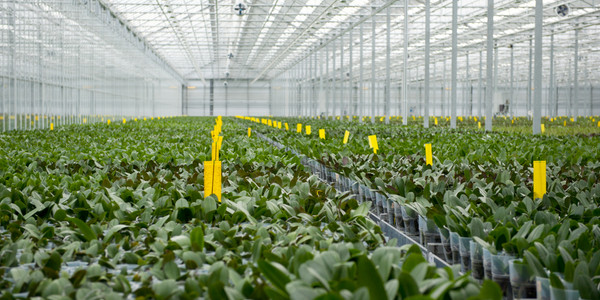
Case Study
Greenhouse Intelligent Monitoring and Control Solution
Farming Orchids is the most successful form of precision farming in Taiwan, and also the most exported flower. Orchids need a specific temperature and humidity conditions to grow and bloom, and its flowering time may not be in line with market demands, so the price collapses when there is overproduction. Therefore, some farmers began to import automated greenhouse control systems for breeding and forcing, which not only improves quality, but also effectively controls the production period and yield to ensure revenue. In 2012, an orchid farmer built a Forcing Greenhouse of about 200 pings (approximately 661 Square Meters) in Tainan, Taiwan. The system integrator adopted Advantech’s APAX-5000 series programmable automation controllers to build the control platform, coupled with Advantech WebAccess HMI/SCADA software, to achieve cloud monitoring. The staff of the orchid field can monitor important data anytime via smart phone, iPad, and other handheld devices, and control the growth and flowering conditions. System requirements: In the past, most environmental control systems of orchid greenhouses in Taiwan used PLCs (Programmable Logic Controller) with poorscalability and control, and could not be connected to the Internet formonitoring from the cloud. For advanced database analysis and networking capability, the PC platform must be adopted. Therefore, PAC Systems (Programmable Automation Controller) with both PLC programming capabilities andPC functions is a better choice.The environmental control of the Orchid greenhouse switches on and off devices like fan, shade net, cooling/heat pump, liquid flow control, water-cooling wall etc. It is controlled by a control panel of electric controllers, and is driven by a motor, to adjust the greenhouse temperature, humidity, and other environmental conditions to the set parameters.
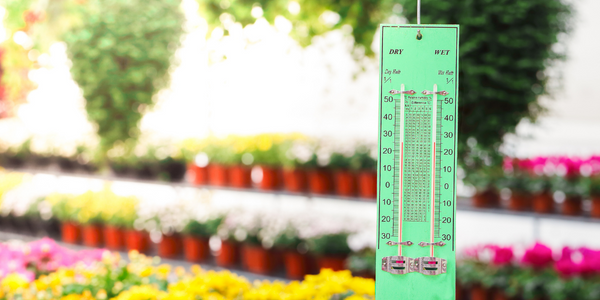
Case Study
Precision beekeeping with wireless temperature monitoring
Honeybees are insects of large economic value and provide a vital service to agriculture by pollinating a variety of crops. In addition, bees provide us with valuable products such as honey, beeswax, propolis, bee venom, etc. Monitoring of honeybee colony health, population, productivity, and environmental conditions affecting the colony health have always been exceedingly difficult tasks in apiculture. Research has shown that even small deviations (by more than 2°C) from the optimal temperatures have a significant influence on the development of the brood and the health of adult bees.
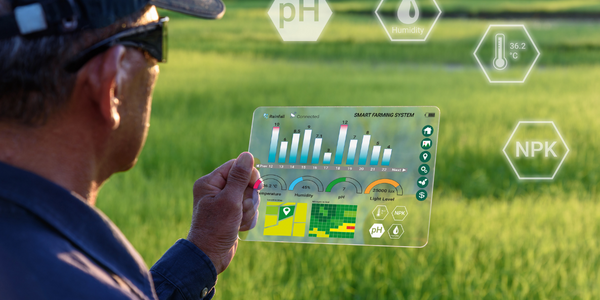
Case Study
Enabling Internet of Things Innovation in Agriculture
DigiBale, wanted to apply technology know-how and IP from implementations successfully to more agriculture sectors including cotton, forestry, sugarcane and cattle. However, farmers and growers still have worries about the connected technology.







